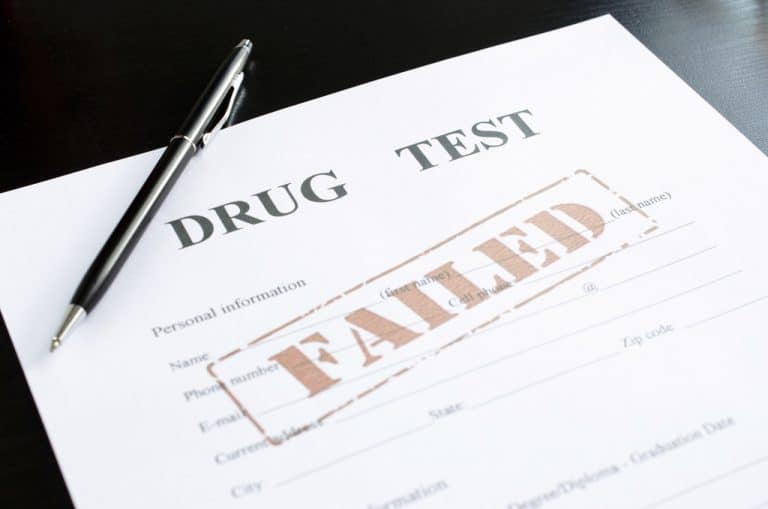Update 2019 survey – Among people aged 12 or older, the percentage who used illicit drugs in the past year increased from 17.8 percent (or 47.7 million people) in 2015 to 20.8 percent (or 57.2 million people) in 2019.
Annually the Substance Abuse and Mental Health Services Administration (SAMHSA) performs a survey of Americans regarding drug use and health. This is called the National Survey on Drug Use and Health (NSDUH). This is typically where we find current illicit drug use trends. The latest survey results are from 2018.
The NSDUH survey measures use of illegal drugs, prescription drugs, alcohol, and tobacco and misuse of prescription drugs. Including all the above the number for past substance use among people aged 12 or older was 164.8 million or 60.2% of the population. Now prescribed drugs, alcohol and tobacco are legal so let us look at:
Past Year Illicit Drug Use among People Aged 12 or Older: 2018
– 53.2 Million or 19.4% of the population
This is a big number for illicit drug use in the United States. Nearly 1 in 5 people aged 12 or older in the United States used illicit drugs in the past year. The percentage of the population in 2018 who used illicit drugs in the past year was higher than the percentages in 2015 and 2016 but was similar to the percentage in 2017 (19.0 percent).
Increase in substance abuse due to the COVID-19 Pandemic is expected. We saw this also back in 2001 after the 911 disaster.
Marijuana was the most used drug with misuse of prescription drugs coming in second and cocaine coming in third. There was a huge increase in marijuana use from 2017 and a significant decrease in misuse of prescription drugs from 2017. Some of the efforts from the Opioid Crisis seem to be working.
The survey also points out the industries with the highest rates of past-month illicit drug abuse:
- Accommodations and food service: 19.1%
- Arts, entertainment, and recreation: 13.7%
- Management: 12.1%
- Information: 11.7%
- Construction: 11.6%
Data from the Quest Diagnostics published Index shows increases in general workforce positivity rates for the industries listed below. Retail Trade is one of six sectors that saw year-over-year double-digit increases in positivity between 2015 and 2018.
- Transportation & Warehousing (34.5%)
- Other Services (except Public Administration) (33.3%)
- Wholesale Trade (20.0%)
- Retail Trade (14.9%)
- Construction (13.2%)
- Administrative Support, Waste Management and Remediation Services (12.2%)
Barry Sample, PhD, senior director, science and technology, Quest Diagnostics stated, “Staying vigilant and providing support for employees who test positive for drug use are key for employers seeking to maintain a safe, healthy workforce.”
The statistics and data we see are alarming. Employers are encouraged to take a positive step toward strengthening drug free workplace programs and policies. Keeping substance abusers on the payroll is dangerous and nonproductive. These employees must get help and get clean or move on.
Marijuana – # 1 Drug of Abuse
Particularly with marijuana, employers must make decisions regarding their policies. This is ever so much more challenging currently with legal marijuana, medical marijuana, and recreational marijuana. It is complicated and many questions to consider. National Drug Screening has put together resources for employers to work through the issues of marijuana in the workplace:
- Marijuana in the Workplace – 12 important questions to consider
- Marijuana Considerations & Laws by State – What are the marijuana laws in your state
- Workplace Considerations for Marijuana Use – Finding answers to your questions about marijuana in the workplace
- Checklist of Impacting Issues for Employee Use of Marijuana – After reviewing all above, this is a helpful checklist for you to review to help finalize your decisions
Besides marijuana, many other illicit drugs are being abused in society and your employees may be among those substance abusers. Design your drug free workplace programs carefully and with much thought about the current trends in drug use in the United States.







